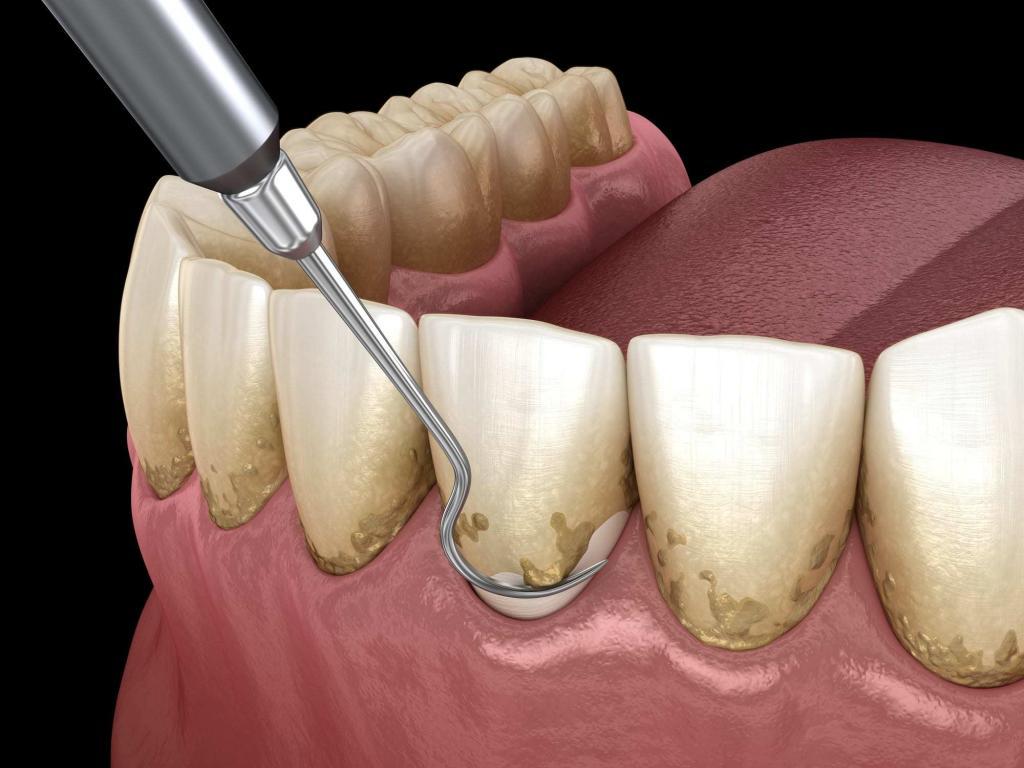Scaling and root planing, often referred to as deep teeth cleaning, is a vital dental procedure aimed at combating gum disease. Unlike routine cleanings that focus on the surface of your teeth, this treatment goes beneath the gum line to remove plaque, tartar, and bacteria that contribute to periodontal disease.
It’s a meticulous process, often performed over several sessions, that can prevent the progression of gum disease and protect your oral health in the long term.
In this article, we’ll explore what you can expect during a scaling and root planing procedure.
Who Needs Scaling and Root Planing?
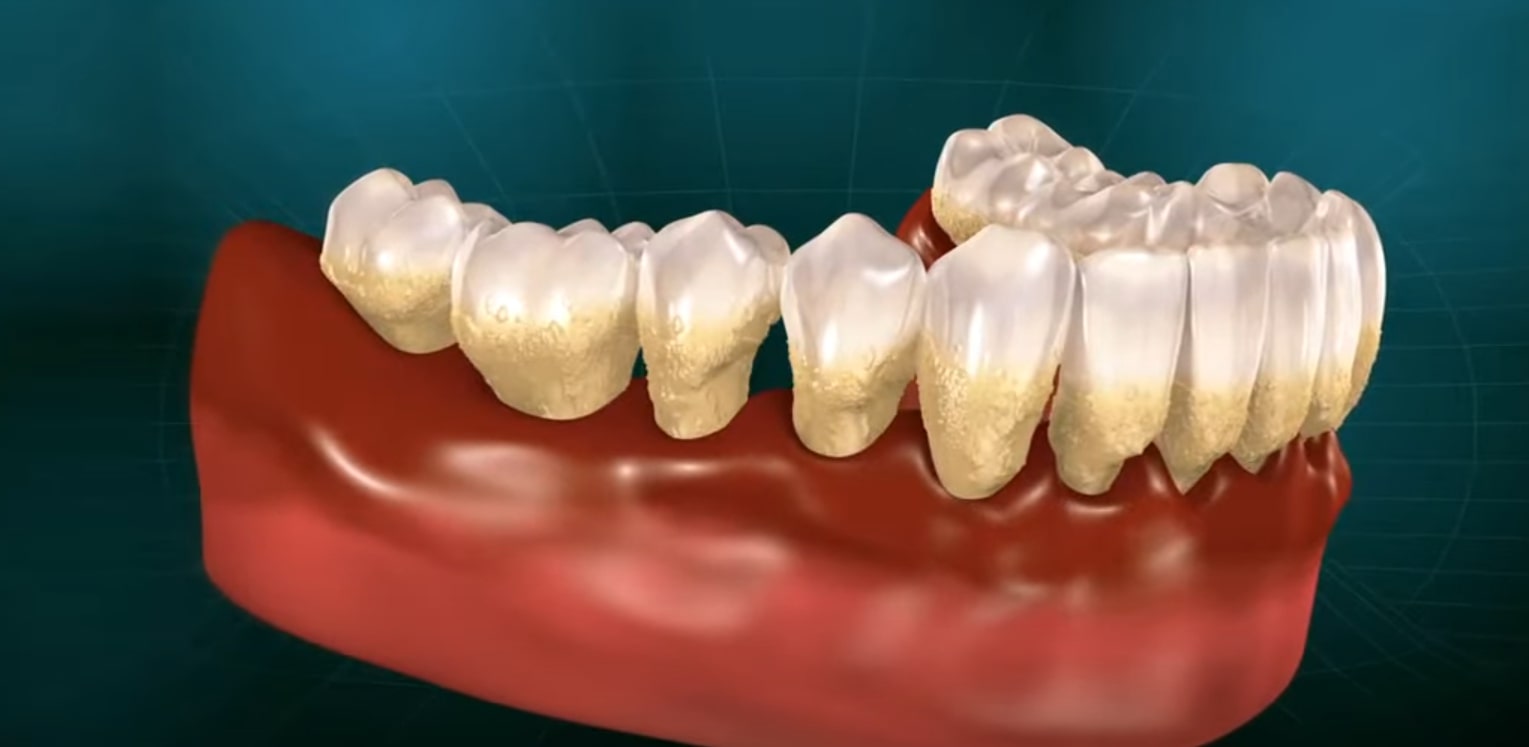
Scaling and root planing is a critical procedure for individuals diagnosed with gum disease, specifically periodontitis. Periodontitis affects a significant portion of the adult population, with studies showing that between 47% and 70% of adults over 30 years old suffer from some form of this condition.
This procedure becomes necessary when gum pockets, the spaces between the gums and teeth, deepen beyond 3mm due to the accumulation of plaque and tartar, which cannot be removed by regular brushing and flossing.
Signs that you may need scaling and root planing include persistent bad breath, gums that are red, swollen, or bleed easily, and teeth that appear longer due to receding gums.
If left untreated, periodontitis can lead to tooth loss, as the bone and tissue supporting the teeth begin to deteriorate. Advanced stages of the disease can cause gum pockets deeper than 6mm, which significantly increases the risk of bone loss and the eventual loss of teeth.
Dentists often recommend this procedure as the first line of defense against periodontitis because it effectively removes the bacterial build-up below the gum line and smooths the root surfaces, allowing the gums to heal and reattach to the teeth.
What Happens During the Procedure?
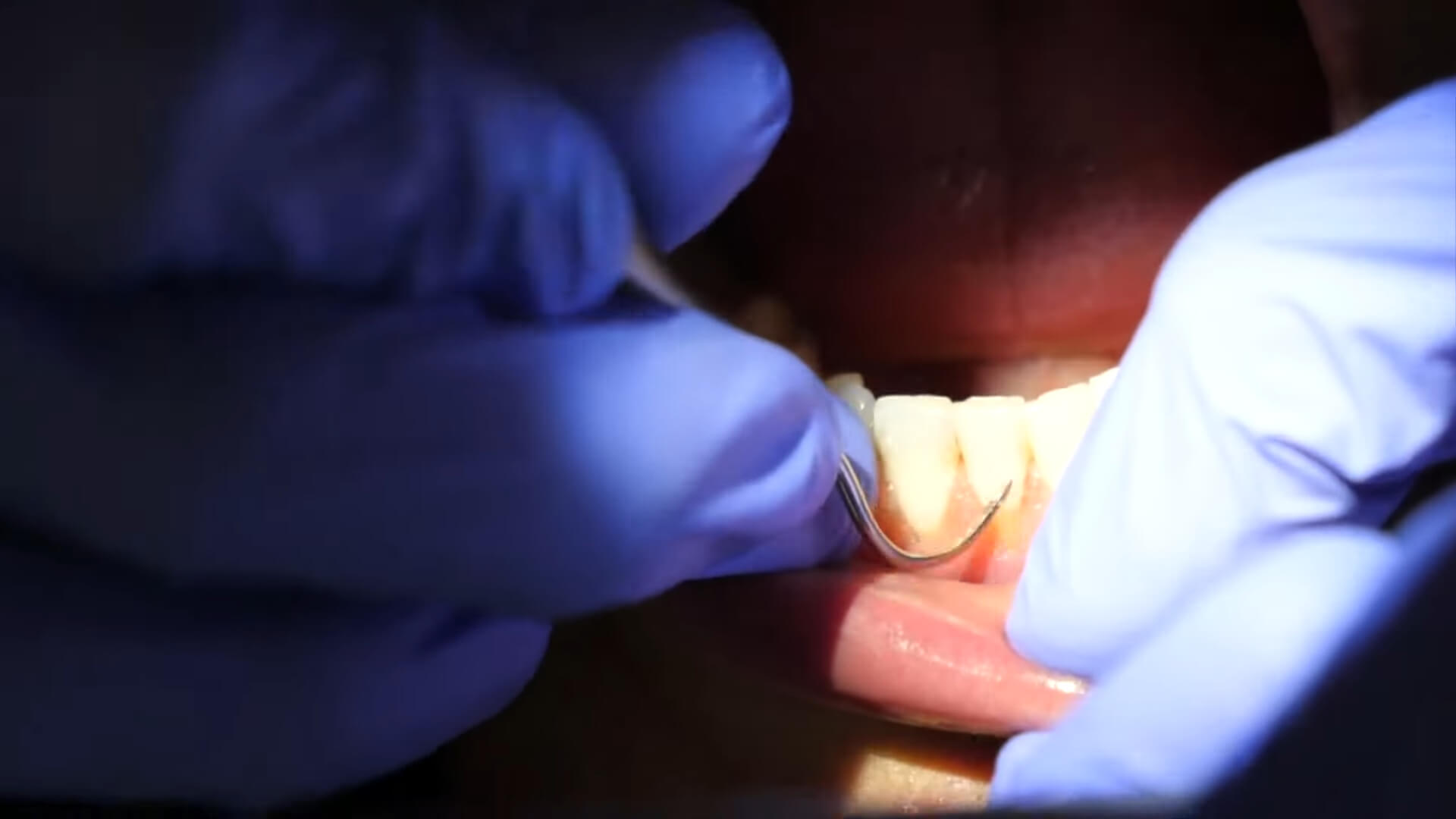
Scaling and root planing involves two key steps: removing plaque and tartar buildup above and below the gum line, and smoothing the root surfaces to promote gum reattachment.
The procedure typically starts with your dentist or dental hygienist numbing the affected area with a local anesthetic to minimize discomfort. This is important because the process involves working beneath the gum line, which can be sensitive.
The first step, known as scaling, targets the removal of plaque and tartar. Using a combination of ultrasonic scalers and manual tools like curettes, the dentist carefully removes the hardened deposits from the tooth surfaces and beneath the gums.
The ultrasonic scaler, with its vibrating metal tip, breaks up the tartar while a water spray helps wash away debris. This step is crucial for reducing the bacteria that cause gum inflammation and disease.
Next is root planing, where the dentist smooths out the root surfaces of the teeth. Smoothing the roots helps prevent future plaque and tartar buildup and allows the gums to heal and reattach to the tooth surface.
This part of the procedure is essential for reducing the depth of gum pockets, which can be breeding grounds for bacteria if left untreated.
The entire procedure may be done over multiple visits, especially if your dentist chooses to work on one quadrant of the mouth at a time.
Each session can last between 1 and 2 hours, depending on the severity of the gum disease and the number of areas that need treatment.
Tools Used in the Process
During the scaling and root planing procedure, dental professionals use a combination of specialized tools designed to effectively remove plaque and tartar from both above and below the gum line.
The two main categories of tools used are ultrasonic instruments and manual instruments.
Ultrasonic Scalers
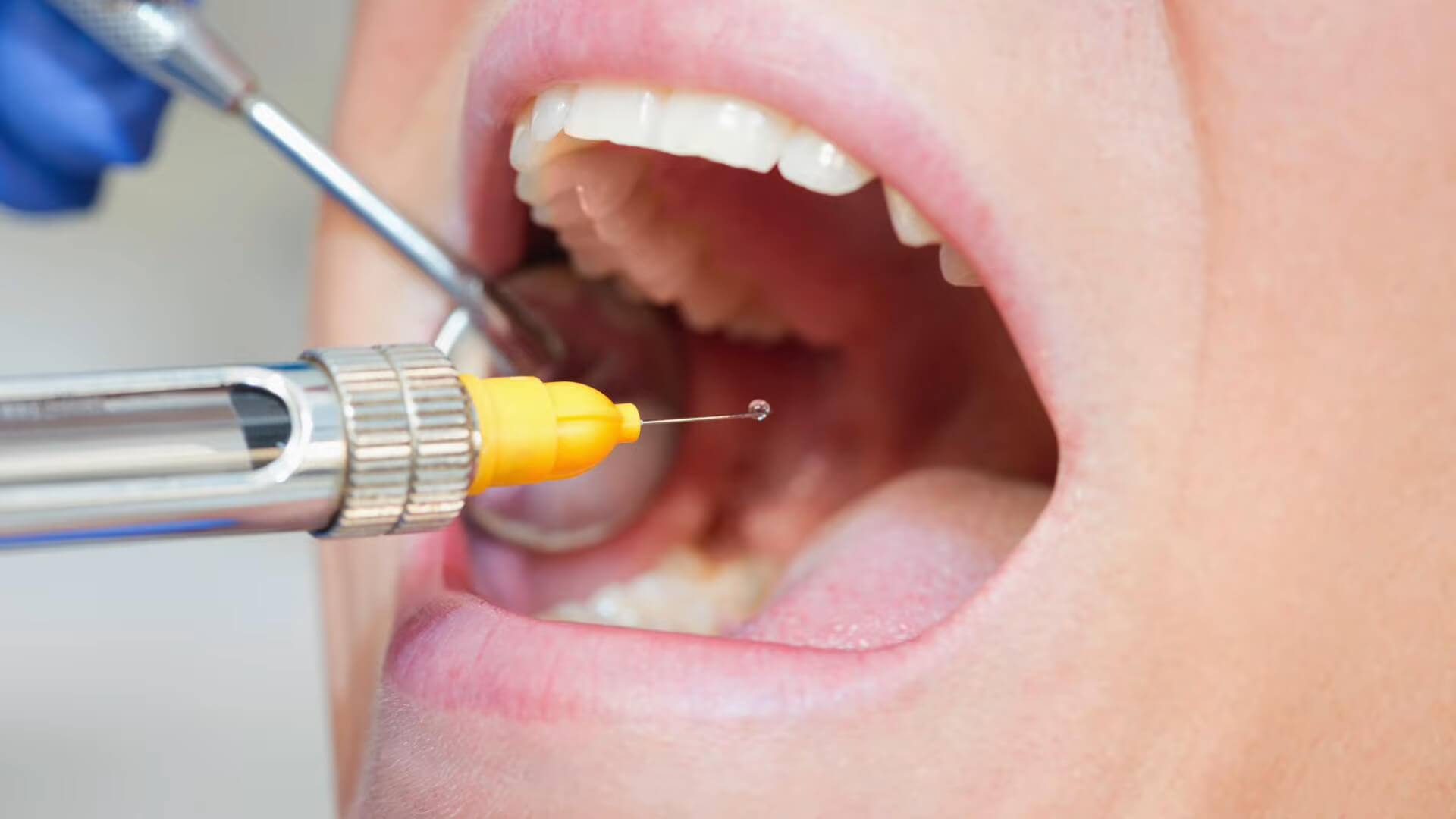
These are the primary tools used for scaling. The ultrasonic scaler has a vibrating metal tip that emits ultrasonic waves to break up hardened deposits of tartar (calculus). The scaler also sprays a cooling mist of water to wash away the debris and keep the area clean.
This tool is particularly effective for removing large amounts of tartar quickly and is less invasive than manual scraping.
Manual Instruments (Curettes and Scalers)
After using the ultrasonic scaler, dental professionals often switch to manual instruments for more detailed work. Curettes and hand scalers are precision tools used to remove smaller deposits of tartar and plaque, especially in hard-to-reach areas.
These tools allow for more control and are essential for the thorough cleaning required in scaling and root planing. The manual tools are particularly useful for smoothing the root surfaces, a process known as root planing, which is crucial for preventing bacteria from reattaching to the teeth.
Antibacterial Solutions
In some cases, dentists may use an antibacterial solution, such as chlorhexidine, to irrigate the gum pockets during the procedure. This helps to further reduce the bacterial load and promote healing.
Anesthetic
To ensure patient comfort, local anesthetic is administered before the procedure begins. This numbs the area being treated and helps minimize discomfort during the process, which can involve deep cleaning beneath the gums.
Post-Procedure Tools
After scaling and root planing, dentists may recommend using specific oral care products, such as desensitizing toothpaste, to help manage any sensitivity that might occur. A soft-bristled toothbrush is also recommended to avoid irritating the treated areas.
Duration and Pain Management
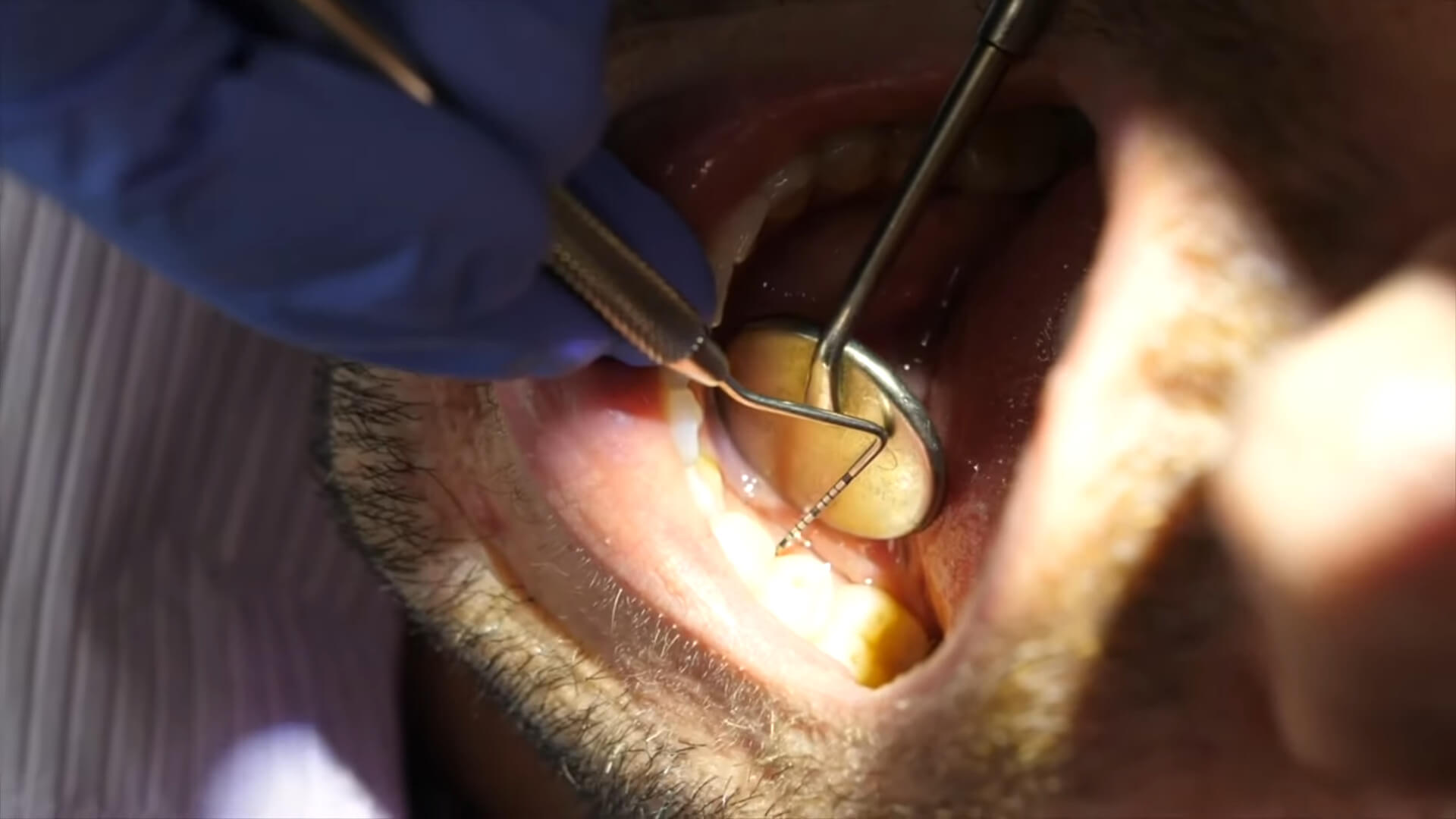
Scaling and root planing is a time-intensive procedure, often requiring multiple sessions to complete. The duration of each session depends on the extent of gum disease and the number of teeth that need treatment.
Typically, the procedure is divided into quadrants, with each quadrant taking about 1 to 2 hours to thoroughly clean. If all four quadrants need treatment, this could result in up to four separate appointments, spaced out over several weeks.
For patient comfort, local anesthetic is administered to numb the area being treated. This helps minimize pain during the procedure, as scaling and root planing involve deep cleaning beneath the gum line, which can be sensitive.
Most patients report only mild discomfort during the procedure due to the numbing effect of the anesthetic.
After the procedure, it’s common to experience some level of discomfort, such as mild pain, gum sensitivity, and slight bleeding. These symptoms usually subside within a few days. Over-the-counter pain relievers like ibuprofen are often recommended to manage any post-procedure pain.
In some cases, dentists may also suggest using a desensitizing toothpaste to help alleviate tooth sensitivity, which can occur as the roots of the teeth are exposed during the cleaning.
Patients are advised to avoid very hot or cold foods and drinks immediately following the procedure to prevent irritation to the treated areas. Sticking to a soft diet and avoiding vigorous brushing can also help reduce discomfort during the recovery period.
Recovery and Care After the Procedure
Recovery from scaling and root planing typically involves a few days of careful oral care and monitoring. While the procedure itself is effective at removing harmful plaque and tartar, proper post-procedure care is essential to ensure successful healing and long-term oral health.
- Immediate Aftercare: Following the procedure, you might experience some discomfort, including mild pain, gum tenderness, and tooth sensitivity, especially to hot or cold foods. It’s common to have slight bleeding and swelling in the treated areas as well. To manage these symptoms, dentists often recommend using over-the-counter pain relievers such as ibuprofen. Avoiding very hot or cold foods and sticking to a soft diet for the first few days can help reduce irritation.
- Oral Hygiene: Maintaining excellent oral hygiene is critical after scaling and root planing. Dentists typically recommend brushing your teeth gently with a soft-bristled toothbrush to avoid irritating the treated gums. Flossing should continue but be done with care to avoid disturbing the healing tissues. Using an antibacterial mouthwash can help reduce bacteria in the mouth and promote healing, but it’s important to follow your dentist’s specific instructions regarding any prescribed oral care products.
- Follow-Up Appointments: Regular follow-up appointments are crucial after scaling and root planing. These visits allow your dentist to monitor the healing process, check for the reduction of gum pocket depths, and ensure that the gums are reattaching to the tooth surfaces properly. In some cases, additional cleanings or treatments may be necessary if the gum disease was particularly severe.
- Long-Term Care: To maintain the benefits of the procedure, it’s essential to continue practicing good oral hygiene and attend regular dental check-ups. This includes routine cleanings every three to four months, known as periodontal maintenance, which helps prevent the recurrence of gum disease by removing any new plaque and tartar buildup before it can cause further damage.
- Potential Complications: While recovery is generally straightforward, there are potential risks to be aware of. Some patients may experience prolonged sensitivity or discomfort, especially if they have underlying health conditions that affect healing, such as diabetes. In rare cases, infection can occur, particularly if the aftercare instructions are not followed properly. Dentists may prescribe antibiotics to prevent or treat infections, especially for patients with certain medical conditions.
Effectiveness of the Treatment
Scaling and root planing is recognized as a highly effective treatment for managing periodontal disease, particularly in its early to moderate stages.
The primary goal of the procedure is to reduce the depth of gum pockets, which are spaces between the teeth and gums that harbor bacteria and contribute to the progression of gum disease.
Gum Pocket Reduction
Clinical studies have shown that scaling and root planing can significantly reduce the depth of these pockets. For instance, in cases of mild to moderate periodontitis, the procedure can reduce pocket depths by up to 0.5mm to 2mm.
This reduction is critical because it allows the gums to reattach to the teeth more effectively, thereby reducing the likelihood of further bacterial buildup and disease progression.
Prevention of Disease Progression
By removing plaque and tartar from below the gum line, scaling and root planing helps halt the progression of periodontitis.
This is particularly important as untreated gum disease can lead to more severe outcomes, including tooth loss, bone degradation, and even systemic health issues like cardiovascular disease and diabetes.
Long-Term Benefits
When combined with good oral hygiene and regular dental check-ups, scaling and root planing can provide long-term protection against gum disease.
Patients who adhere to a strict oral care routine and attend periodontal maintenance appointments every three to four months typically experience less recurrence of gum disease and maintain healthier gums and teeth over time.
Success Rate
The success of the treatment largely depends on the patient’s commitment to maintaining oral hygiene post-procedure. Studies indicate that patients who follow recommended care guidelines and attend regular follow-up visits have a higher success rate in preventing the return of gum disease.
This includes maintaining a balanced diet, regular brushing and flossing, and avoiding behaviors that can exacerbate gum issues, such as smoking.
Potential Risks and Side Effects
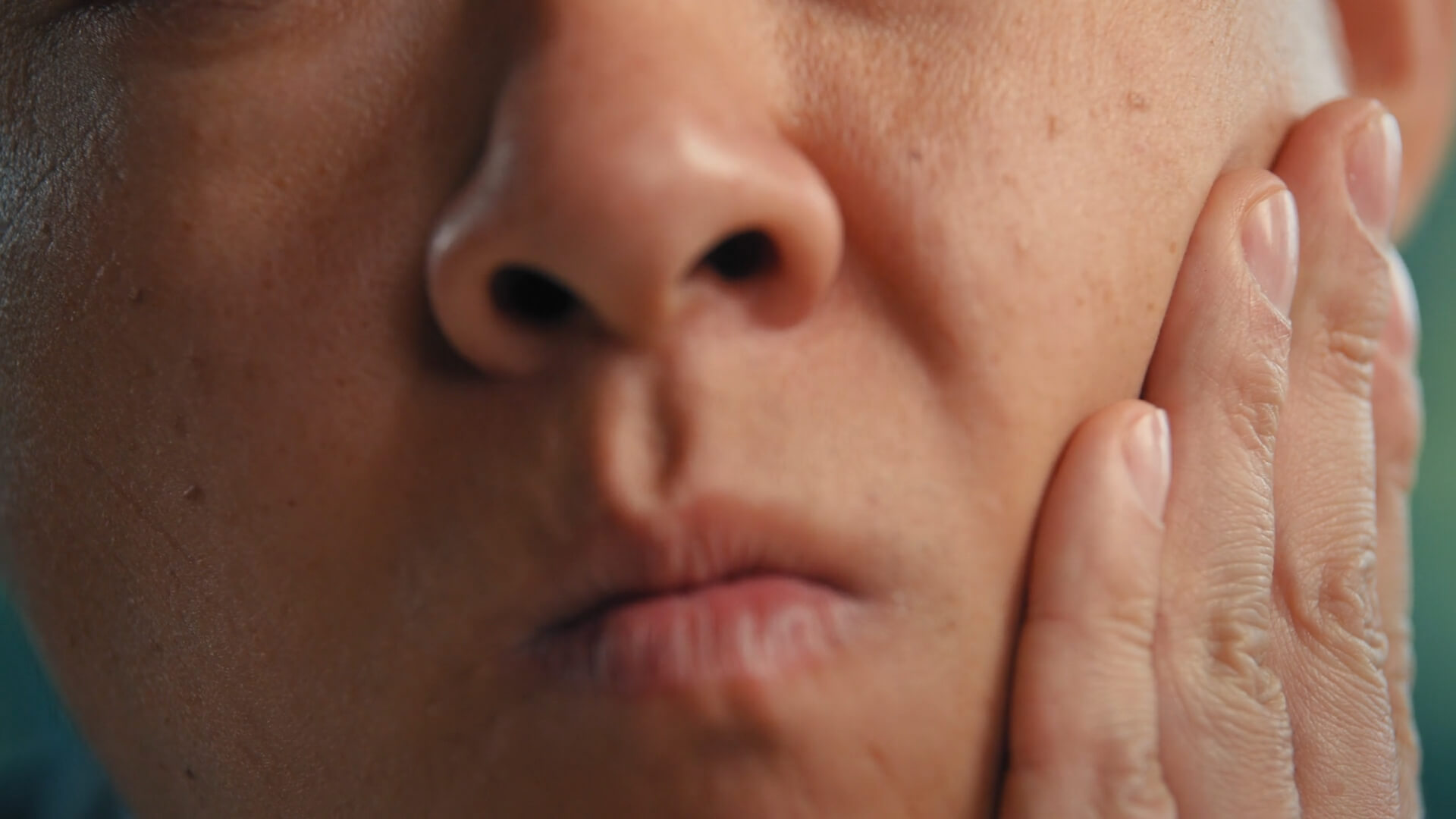
While scaling and root planing is generally safe and effective, it comes with potential risks and side effects that you should be aware of.
Common Side Effects
- Gum Sensitivity and Discomfort: After the procedure, you might experience some gum sensitivity and discomfort, which usually lasts a few days to a week. This sensitivity happens because the roots of the teeth, which were previously covered by tartar, are now exposed and healing.
- Tooth Sensitivity: Increased sensitivity to hot and cold foods and drinks is common. This occurs because the root surfaces, which are more porous than the enamel, have been exposed and thoroughly cleaned. Using desensitizing toothpaste can help manage this sensitivity.
- Gum Bleeding: Minor bleeding is also common, especially within the first 24 hours after the procedure. This should gradually decrease as your gums begin to heal. If bleeding persists beyond a few days, it’s important to contact your dentist.
Less Common Risks
- Infection: Although rare, there is a risk of infection following scaling and root planing, particularly if bacteria enter the bloodstream during the procedure. This risk is higher in individuals with certain pre-existing health conditions, such as heart disease or diabetes. Dentists may prescribe antibiotics to minimize this risk.
- Gum Recession: In some cases, the gums may recede slightly after the procedure, particularly if there was significant tartar buildup that needed to be removed. This recession can make the teeth appear longer and may lead to increased sensitivity.
Managing Risks
- Follow-Up Care: Regular follow-up appointments are crucial for monitoring the healing process and addressing any complications early. Your dentist will check the depth of gum pockets and assess the overall health of your gums during these visits.
- Oral Hygiene: Maintaining good oral hygiene is essential to reduce the risk of complications. This includes gentle brushing, flossing, and possibly using an antibacterial mouthwash as recommended by your dentist.
FAQs
Does scaling and root planing hurt?
Scaling and root planing is usually performed under local anesthesia, so you shouldn’t feel pain during the procedure. However, after the anesthesia wears off, you may experience some discomfort, sensitivity, and minor pain for a few days.
How long does scaling and root planing take?
The procedure can take 1 to 2 hours per quadrant, depending on the severity of your gum disease. If you need the entire mouth treated, it might be done over multiple visits, each focusing on different quadrants of your mouth.
What should I eat after scaling and root planing?
After the procedure, it’s best to stick to soft foods and avoid anything too hot, cold, or spicy to minimize irritation to your gums. Good options include yogurt, smoothies, mashed potatoes, and scrambled eggs.
Can I brush my teeth after scaling and root planing?
Yes, you can brush your teeth after the procedure, but make sure to do it gently with a soft-bristled toothbrush to avoid irritating your gums. Your dentist may recommend specific toothpaste to help with sensitivity.
How often should I get scaling and root planing?
Scaling and root planing is usually recommended only when there are signs of gum disease. After the initial treatment, your dentist may suggest maintenance cleanings every three to four months to keep gum disease from returning.
Will my insurance cover scaling and root planing?
Most dental insurance plans cover a significant portion of the cost for scaling and root planing, typically up to 80%, but coverage can vary depending on your specific plan. It’s best to check with your insurance provider for exact details.
Last Words
Scaling and root planing is a crucial procedure for treating gum disease and maintaining oral health. It involves deep cleaning beneath the gum line to remove harmful plaque and tartar, promoting the reattachment of gums to teeth and preventing further progression of periodontal disease.

